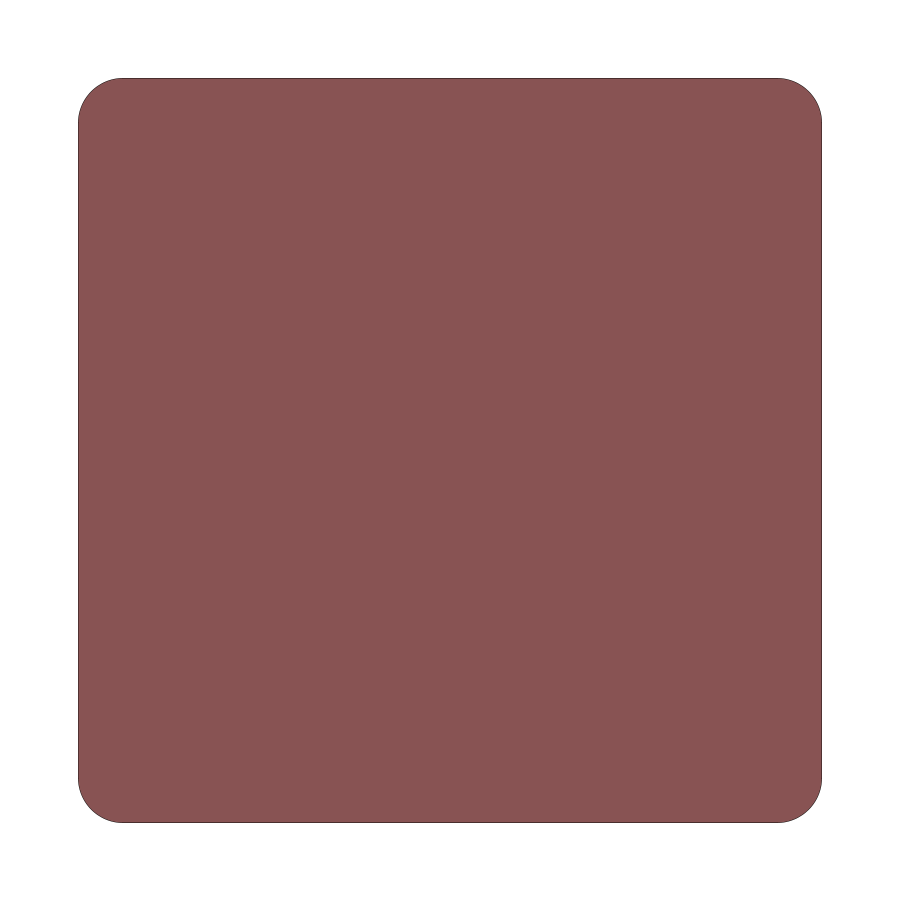Understanding Paid Search Services
Paid search services are a key part of online marketing for colleges and universities. They help schools reach potential students through targeted ads on search engines.
Fundamentals of Paid Search Advertising
Paid search ads show up when people search for specific words or phrases. I bid on keywords related to my school’s programs. When someone clicks my ad, I pay the search engine. This model is called pay-per-click (PPC).
I create ads with catchy headlines and clear calls-to-action. My goal is to get clicks from interested students. I can target ads by location, time of day, and device type.
Tracking is crucial in paid search. I measure clicks, conversions, and return on ad spend. This data helps me improve my campaigns over time.
The Role of Paid Search in Higher Education Marketing
Paid search is vital for reaching today’s tech-savvy students. I use it to promote degree programs, campus tours, and application deadlines.
My ads can appear when students search for majors or careers. This puts my school in front of students at key decision points.
Paid search complements other marketing efforts. It works well with social media and content marketing.
I can quickly adjust my strategy based on what’s working. This agility is key in the fast-paced world of higher ed marketing.
Executing Effective Campaigns
Running successful paid search campaigns in Prairie View requires careful planning and execution. I’ll cover key strategies for targeting local audiences, crafting compelling ads, and managing budgets effectively.
Strategies for Targeting Prairie View Audiences
I focus on location-based targeting to reach Prairie View residents and businesses. Geo-targeting settings in Google Ads and Bing Ads let me show ads only to users in specific zip codes or a radius around Prairie View. I use location extensions to display business addresses in ads.
Demographics targeting helps me reach the right age groups and income levels. For example, I might target ads to college students for local services near Prairie View A&M University.
I research popular local search terms and include them as keywords. This might include phrases like “Prairie View restaurants” or “auto repair near me.”
Optimizing Ad Copy and Keywords
I craft ad copy that speaks directly to Prairie View customers. This means mentioning local landmarks, events, or cultural touchpoints when relevant.
My keyword research digs into local trends and search patterns. I use tools like Google Keyword Planner to find high-volume, low-competition keywords.
I make sure ads are mobile-friendly, as many local searches happen on phones. This means using short, punchy headlines and clear calls-to-action.
A/B testing helps me refine ad copy over time. I might test different local angles or special offers to see what resonates best with Prairie View audiences.
Budget Allocation and Payment Arrangements
I start with a conservative daily budget to test the waters. As I gather data on which keywords and ads perform best, I adjust spending accordingly.
Bid adjustments let me allocate more budget to high-performing locations, times of day, or devices. For example, I might increase bids for mobile users during lunch hours for a local restaurant.
I often recommend a mix of search and display ads to maximize visibility within budget constraints. This balanced approach helps reach both active searchers and build brand awareness.
For clients new to paid search, I sometimes suggest starting with a flat-fee arrangement. This can provide peace of mind as they learn the ropes. As campaigns mature, I may transition to a percentage-of-ad-spend model to align my incentives with campaign performance.
Measuring and Enhancing Performance
I track and improve paid search campaigns in Prairie View using data and best practices. This helps businesses get better results from their online ads.
Analytics and Performance Reporting
I use tools like Google Analytics to measure how paid search ads are doing. I look at clicks, impressions, and conversion rates. These numbers show if ads are reaching the right people and getting results.
I make custom reports to share this data. The reports show which keywords and ads work best. They also highlight areas that need work. I use charts and graphs to make the info easy to understand.
I check if the ads are bringing in enough sales or leads compared to their cost. This helps decide if the campaigns are worth the money spent on them.
Continuous Improvement Practices
I always try to make paid search campaigns better. I test different ad copy to see what works best. I also try new keywords to reach more people who might buy.
I adjust bids based on how well each keyword performs. This helps get more clicks for less money. I also look for negative keywords to avoid wasting money on irrelevant searches.
I stay up to date on new features and best practices. This helps me use the latest tools to improve campaign performance. I also research industry trends to find new ways to reach customers.
I’m Cartez Augustus, a content creator based in Houston, Texas. Recently, I’ve been delving into different content marketing niches to achieve significant website growth. I enjoy experimenting with AI, SEO, and PPC. Creating content has been an exciting journey, enabling me to connect with individuals who possess a wealth of knowledge in these fields.
